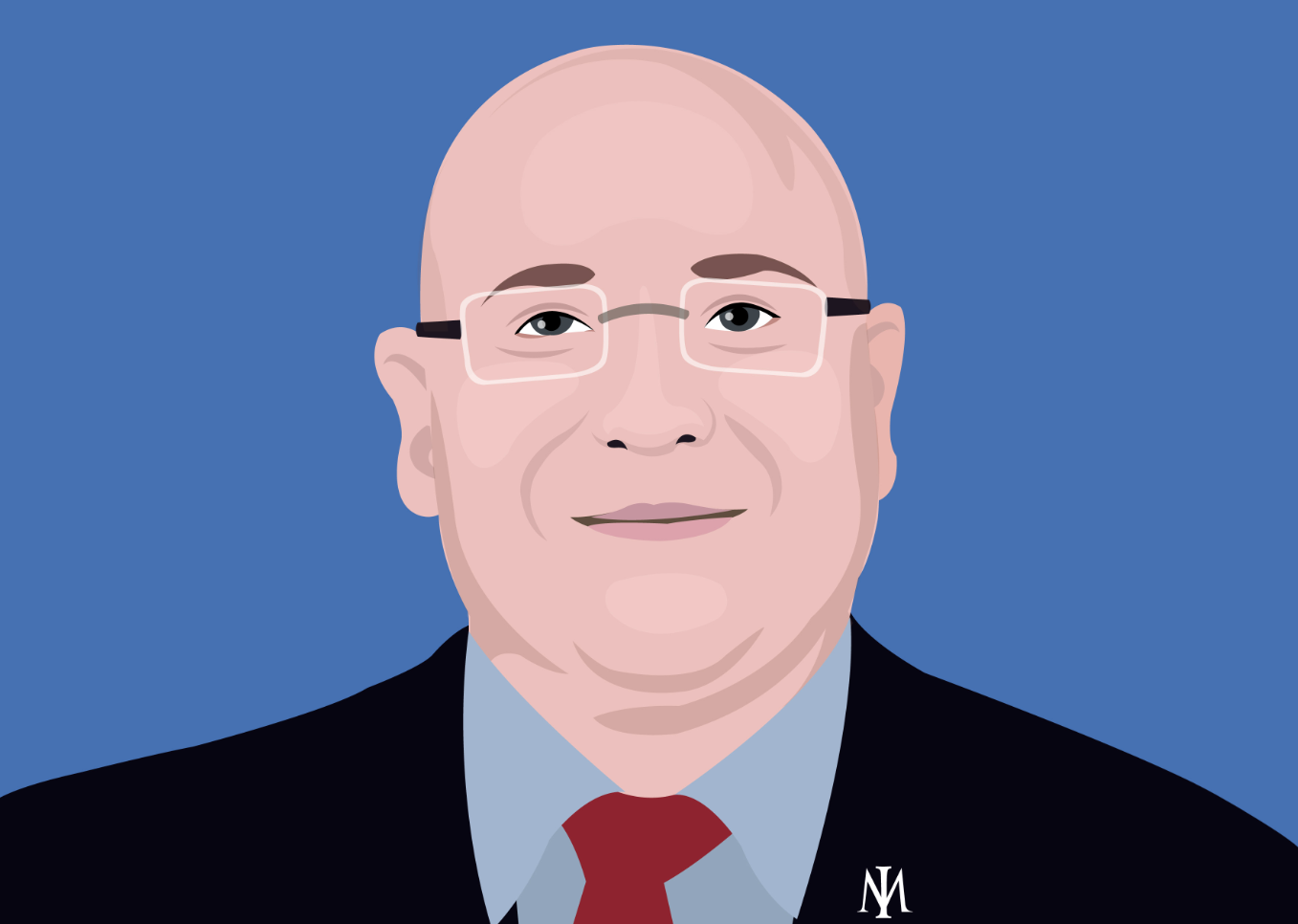Francois Rochon initially graduated as an electrical engineer, but he quickly developed a passion for investing when he came across the book 'One up on Wall Street' by Peter Lynch in 1992. From this book he became interested in Warren Buffett, 'the greatest investor of all', in Peter Lynch's words. Francois started managing his own money the next year and by 1996 he had left the engineering profession to work at a mutual fund. Two years later, in 1998 he left to start Giverny Capital which focuses on 'owning outstanding companies for the long term'.
Mr Rochon's US portfolio has compounded at an average rate of 14.8% pa since 1993 versus 9.2% pa for the S&P500. The 5.6% out-performance over such a period has a large impact on returns, with a $100,000 investment in Mr Rochon's portfolio in July 1993 worth $2.6m as at December 2016 whereas if it were invested in the S&P500 it would be worth just $790,000.
I've always enjoyed reading Mr Rochon's investment letters which are available on the Giverny Capital website. Giverny Capital has produced a paper titled "The Keys to Successful Investing" which contains eight keys which could help you in increasing your likelihood of success.
Many of these are common to the Investment Masters. The links provided in the key topics below connect to the relevant Investment Masters Class Tutorials.
1) Consider stocks as fractional ownership in real businesses
"When we study the great masters of investing and the many decades of available data, we find a critical point in common: these investors behave like businessmen. When they buy a company’s stock, they first and foremost are buying part of an enterprise. Whether they are purchasing a hundred shares of Johnson & Johnson or several million shares, these investors consider it no different than if they were buying the company in its entirety."
2) Being present
"One of the flaws of many investors in trying to play the market is to attempt to time the market. To experience returns on the markets, one must first and foremost be present with the market. "
3) Profit from market fluctuations rather than suffer from them
"The metaphor of “Mr. Market”, as taught by Warren Buffett’s mentor Benjamin Graham, illustrates the attitude that the rational investor must adopt when facing the market. In fact, the irrational attitude of Mr. Market is the source of investment opportunities for the investor who knows how to stay rational and unemotional. This investor knows that stock market prices will reflect the fair value of the underlying enterprise in the long term. So, from this perspective, market fluctuations are your allies and not a source of suffering. "
4) Leaving yourself a margin of safety
"The concept of “margin of safety” is borrowed from the world of engineering. When an engineer is building a bridge that has a capacity to support a five-ton truck, he will build it so that it can support a truck of eight or ten tons. This represents a margin of safety. When we use this concept within the context of investing in a company’s stock, it is the difference between what we think the company is worth versus the value of its stock price.
The starting point is the intrinsic value of the company, which we determine theoretically by calculating the current value of the future cash flows generated by the company over the course of its life. Since this is a highly subjective analysis, we must consider a wide margin of error.
The more the market is irrational about the value of a company during a selloff, the lower the price we can pay for the company’s shares, thus increasing our margin of safety.
Furthermore, one should consider that the margin of safety also exists with more qualitative factors as well. For example, the quality of the company’s management team, its competitive advantages, and its intellectual property to name a few. Finding solid companies at attractive prices is the keystone to our approach.
5) Stay within your circle of competence
"When it comes to selecting businesses to invest in, Warren Buffett is guided by what he calls his “circle of competence”. What is critically important, he says, is to know the limits of your circle of competence. For example, if you don’t know the difference between the atomic number of
Titanium and the one for Uranium, you should probably steer clear of this sector.
To wander outside of your circle of competence significantly increases your probably of making a poor decision. In the market, to realize better returns than others, you must have better knowledge regarding the value of the businesses in which you invest (the others are the market).
To succeed, it is important to stay close to companies that one can understand well and evaluate well."
6) Know when to sell
"Philip Fisher, the famous investor, once said: “if you’ve done your work well when you’re buying, the time to sell is... almost never”. Ideally, we would love to keep our outstanding companies forever, but life is not ideal and a realistic approach is necessary.
We believe that the reasons for selling a stock should be harmonized with the reasons for buying it. We should consider selling if these reasons are no longer valid. In other words, once the investor becomes aware that he made an error in his analysis or the prospects of the business have deteriorated, it is the time to sell. Our firm evolves and companies evolve just as much, for better or for worse. Our investment approach must be aligned to the nature of the capitalist world within which it participates.
Another more pragmatic reason for selling is that the majority of investors do not have unlimited sources of capital at their disposal and they may, quite simply, sell in order to invest in another company whose potential seems brighter. "
7) Learn from your mistakes
"Mistakes are inevitable in the investing world. The key is to recognize them quickly and learn from them. There are two categories of mistakes: mistakes of commission and mistakes of omission. The first consists of failing in what you decided to buy, whereas the second consists of failing to buy a stock that met all your purchasing criteria. Generally speaking, mistakes of omission are often the most costly. To miss a stock that climbed 1000% is ten times more costly than losing 90% of you capital in a stock that did poorly.
Other mistakes fall into the category of “psychological biases”, with anchoring and overconfidence being good examples. Anchoring is related to the fact that our human nature is such that we often remain anchored on first impressions or first data points, even when those perceptions become detached with reality. For example, an investor bought stock ABC at $50 two years ago and it is now trading at $25 following news about the loss of a significant contract and/or lower profits. The investor remains anchored to the notion that his stock is worth $50 simply because this was the purchase price. In reality, there is no link whatsoever between the price paid for a stock and the value of the company. What matters is the future prospects of the company.
Finally, overconfidence manifests itself often and under different forms. Its only remedy is humility."
8) A constructive attitude
What differentiates successful investors from others is not related to intelligence, but rather related to attitude.
Warren Buffett often uses the adjective RATIONAL to describe good investors. Rational investors do not let themselves be influenced by fads or crises. Aside from a rational attitude, another important quality (and one apparent in Warren Buffett) is the capacity to always want to learn and progress.
The world is in a perpetual state of evolution and it is not easy to for someone to also constantly evolve. To be in a constant state of learning, one must not only be passionate for their art, but also humble.
Without humility, there is no opening for something new. Therefore, paradoxically, successful investors must be able to combine both a high confidence in their judgment while also remaining constantly humble. A difficult and fragile equilibrium."



